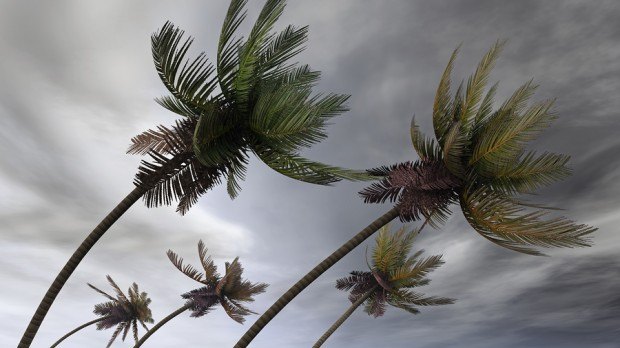Colorado State University (CSU) researchers continue to predict a below-average hurricane season for the Atlantic basin in 2014, citing exceptionally unfavorable hurricane formation conditions in the tropical Atlantic combined with the likely development of a weak to moderate El Niño event.
The below-average prediction is largely due to strong vertical wind shear, dry mid-level air and cool sea surface temperature anomalies in the tropical Atlantic and Caribbean.
The CSU Tropical Meteorology Project team is calling for a total of 10 named storms during the Atlantic hurricane season, June 1 to Nov. 30. Of those, researchers expect four to become hurricanes and one to reach major hurricane strength (Saffir/Simpson category 3-4-5) with sustained winds of 111 miles per hour or greater.
Hurricane Arthur formed in early July, so they expect an additional nine named storms and three hurricanes for the remainder of the hurricane season.
The team bases its forecasts on more than 60 years of historical data that include Atlantic sea surface temperatures, sea level pressures, vertical wind shear levels (the change in wind direction and speed with height in the atmosphere), El Niño (warming of waters in the central and eastern tropical Pacific), and other factors.
“So far, the 2014 season is exhibiting characteristics similar to the 1957, 1986, 1993, 2002, and 2009 hurricane seasons, all of which had below-normal hurricane activity,” said Phil Klotzbach, lead author of the report.
“The tropical Atlantic remains anomalously cool, and vertical shear throughout the basin remains at above-average levels. In addition, the chances of a weak to moderate El Niño event during the peak of the hurricane season remain elevated,” Klotzbach added. “Historical data indicate fewer storms form in these conditions.”
The team predicts that 2014 tropical cyclone activity will be about 70 percent of the average season. By comparison, 2013’s tropical cyclone activity was about 45 percent of the average season.
Three decades of forecasts
The report also includes the probability of major hurricanes making U.S. landfall during the remainder of the hurricane season:
- 38 percent for the entire U.S. coastline (average for the last century is 52 percent).
- 21 percent for the U.S. East Coast including the Florida peninsula (average for the last century is 31 percent).
- 21 percent for the Gulf Coast from the Florida panhandle westward to Brownsville (average for the last century is 30 percent).
- 30 percent for the Caribbean (average for the last century is 42 percent).
The forecast team also tracks the likelihood of tropical storm-force, hurricane-force and major hurricane-force winds occurring at specific locations along the coastal United States, the Caribbean and Central America through its Landfall Probability website, www.e-transit.org/hurricane
Landfall probabilities for regions and counties are adjusted based on the current climate and its projected effects on the upcoming hurricane season. The site provides information for all coastal states as well as 11 regions and 205 individual counties along the U.S. coastline from Brownsville, Texas, to Eastport, Maine.
Klotzbach and William Gray, professor emeritus of atmospheric science, update the site with assistance from the GeoGraphics Laboratory at Bridgewater State University in Massachusetts.
This is the 31st year CSU researchers have issued the Atlantic basin season hurricane forecast since Gray launched the report in 1984. The CSU forecast is intended to provide a best estimate of activity to be experienced during the upcoming season, not an exact measure.
In late 2013, CSU said it needed funding in order to continue issuing its forecasts. Grants from the National Science Foundation and the National Aeronautics and Space Administration were no longer available and, the school said, maintaining private findings has been a struggle as well.
Funding for this year’s report was provided by Interstate Restoration, Ironshore Insurance and personal resources.





















 Executives on the Move at Liberty Mutual, Cowbell, W. R. Berkley
Executives on the Move at Liberty Mutual, Cowbell, W. R. Berkley  Northern California Flooding This Weekend Caused by Heavy Rain, High Tides
Northern California Flooding This Weekend Caused by Heavy Rain, High Tides  Final Sentencing in Large Scale Crop Fraud Case That Cost Insurers Nearly $35M
Final Sentencing in Large Scale Crop Fraud Case That Cost Insurers Nearly $35M  How Insurers Can Avoid Post-Merger Technology Failure
How Insurers Can Avoid Post-Merger Technology Failure 





